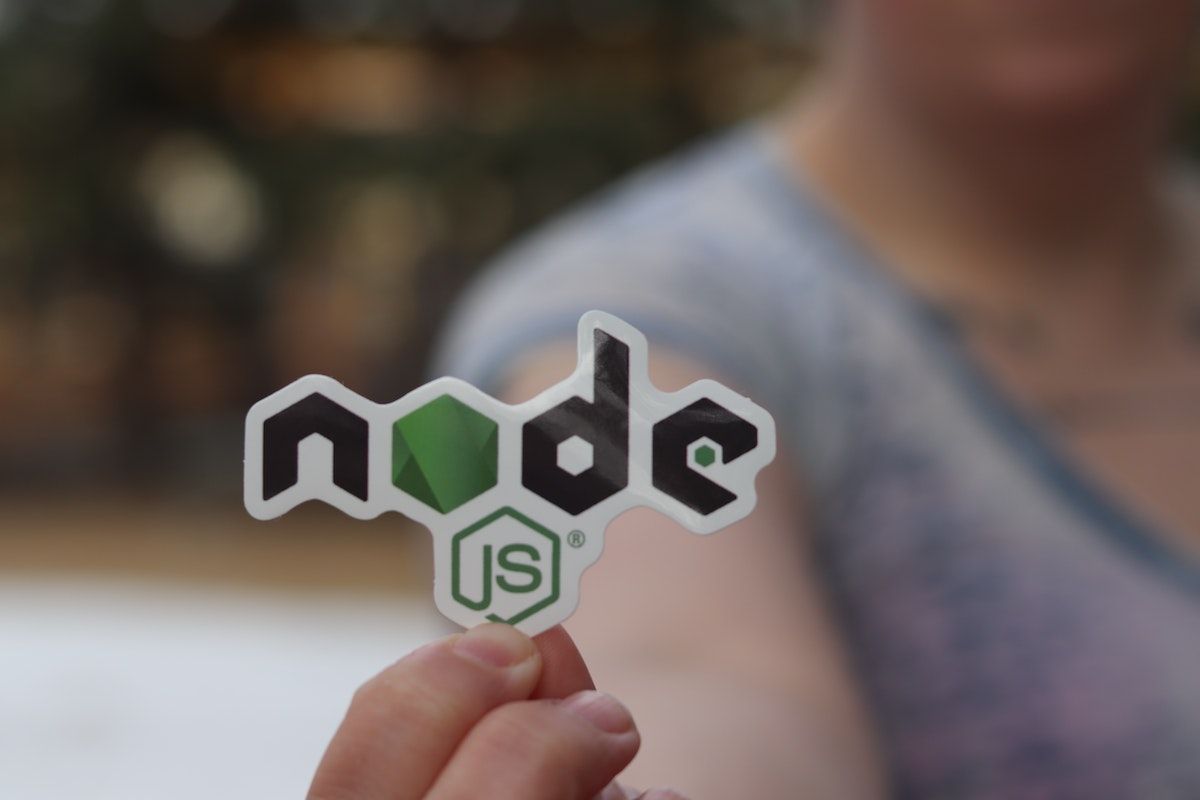Node.js is a popular open-source JS runtime env that allows developers to build high-performance & scalable server-side and also client-side applications. In 2023, there are various top Node.js frameworks that developers can use to make their development process more efficient and streamlined.
These frameworks offer a variety of features, including easy routing, middleware support, and built-in debugging tools, and can help to simplify and accelerate the development of web applications.
Some of the most popular Node.js frameworks include Express, Koa, and NestJS. In this article, we will take a look at these and other top Node.js frameworks and examine their features, benefits, and use cases. Let’s see seven most popular Node.js frameworks that are trending in current time.
Top Node.js Frameworks For Quick App Development

There are seven different node.js frameworks that we will discuss in this article along with its pros, features and use cases. Let’s discuss each simultaneously.
1. Meteor.js
Meteor.js is an open-source JavaScript web framework that allows for rapid prototyping and building web and mobile apps. It provides a full-stack solution, meaning it handles both the client and server-side of an application, making it easier to build real-time, collaborative features.
Some pros of Meteor.js include:
- It allows for rapid development and prototyping
- It uses a single language, JavaScript, for both the client and server-side
- It has a large and active community, making it easier to find support and resources
- It has built-in support for real-time data synchronization and web sockets
Some use cases for Meteor.js include:
- Building real-time web and mobile apps, such as chat applications or collaborative document editors
- Rapid prototyping of new ideas or features
- Building small to medium-sized projects where full-stack JavaScript is desired.
However, Meteor.js may not be the best choice for large-scale or high-performance applications, as it can have performance issues with very large data sets.
2. Express.js
It’s is a minimal & flexible Node.js web app framework that offers a robust set of features for web & mobile applications. It is designed for building web applications and APIs.
Some pros of Express.js include:
- It is minimal and flexible, allowing for easy customization and modification of the framework
- It has a large and active community, making it easier to find support and resources
- It is built on top of Node.js, which is known for its high performance and scalability
- It has a large number of middleware available, which are small and reusable pieces of code that add functionality to the framework
Some use cases for Express.js include:
- Building web and mobile applications and APIs
- Building server-side logic for single-page applications or other front-end frameworks
- Building and integrating with various data storage solutions like MongoDb, MySQL, Redis
- Building and deploying microservices.
3. Hapi.js
Hapi.js is an open-source web framework for building web applications and APIs in Node.js. It is designed for creating scalable and maintainable applications, and it emphasises security and reliability.
Some pros of Hapi.js include:
- It has a modular and pluggable architecture, allowing for easy customization and modification of the framework
- It has a built-in support for input validation, caching, and authentication
- It has a large and active community, making it easier to find support and resources
- It is built on top of Node.js, which is known for its high performance and scalability
Some use cases for Hapi.js include:
- Building web applications and APIs
- Building server-side logic for single-page applications or other front-end frameworks
- Building and deploying microservices
- Building a secure and reliable web applications
- Building enterprise-grade applications
4. AdonisJS
AdonisJS is a web framework for Node.js that is heavily inspired by Laravel, a popular PHP framework. Some of the pros of AdonisJS include:
- It has a built-in ORM (Object-Relational Mapping) called Lucid, which makes it easy to interact with databases and perform common database operations.
- It has a built-in validation system, which makes it easy to validate user input.
- It has a built-in command-line interface (CLI) that can be used to generate boilerplate code and perform other common development tasks.
- It follows the MVC (Model-View-Controller) architectural pattern, which makes it easy to organise your code and separate concerns.
Some use cases for AdonisJS include:
- Building web applications such as blogs, e-commerce sites, and social media platforms.
- Building APIs for mobile and web applications.
- Building real-time applications such as chat applications and real-time dashboards.
- Building server-side rendered web applications.
- Building command-line tools and scripts.
It is also good for building scalable web applications.
5. Total.js
Total.js is a web framework for Node.js that is designed to be easy to use and lightweight. It is also good for building lightweight and fast web applications.
Some of the pros of Total.js include:
- It has a simple and intuitive API, making it easy to get started with web development.
- It has a built-in web server, which eliminates the need to install and configure a separate web server.
- It has a built-in template engine, which makes it easy to create dynamic web pages.
- It has a built-in database driver, which makes it easy to interact with databases and perform common database operations.
Some use cases for Total.js include:
- Building web applications such as blogs, e-commerce sites, and social media platforms.
- Building APIs for mobile and web applications.
- Building real-time applications such as chat applications and real-time dashboards.
- Building server-side rendered web applications.
- Building command-line tools and scripts.
6. Koa.js
Koa.js is a web framework for Node.js that is designed to be lightweight and expressive. Some of the pros of Koa.js include:
- It has a small and focused API, making it easy to understand and use.
- It uses async functions, which make it easy to write asynchronous code and handle errors.
- It is highly extensible and customizable, allowing developers to add their own middleware and functionality.
- It is built on top of Node.js’s new async features, making it fast and efficient.
Some use cases for Koa.js include:
- Building web applications such as blogs, e-commerce sites, and social media platforms.
- Building APIs for mobile and web applications.
- Building real-time applications such as chat applications and real-time dashboards.
- Building server-side rendered web applications.
- Building command-line tools and scripts.
It is also good for building scalable web applications and building web applications that require a high level of performance.
7. Nest.js
Nest.js is a web framework for Node.js that is built with TypeScript and inspired by Angular. Some of the pros of Nest.js include:
- It uses a modular approach, making it easy to structure and organise your code.
- It has a powerful CLI that can be used to generate boilerplate code and perform other common development tasks.
- It has a built-in configuration system, which makes it easy to manage different environments and configurations.
- It follows a familiar syntax and structure, making it easy for developers who have experience with Angular to pick up and use.
Some use cases for Nest.js include:
- Building web applications such as blogs, e-commerce sites, and social media platforms.
- Building APIs for mobile and web applications.
- Building real-time applications such as chat applications and real-time dashboards.
- Building server-side rendered web applications.
- Building command-line tools and scripts.
It is also good for building scalable web applications and building web applications that require a high level of performance. Nest.js also allows you to take advantage of the features of TypeScript, such as static type checking, interfaces and classes.
Final Words
In conclusion, there are top node.js frameworks available in the market. The ones mentioned in this article are the most famous ones. You can use any one of them depending on your project requirements.
With Smarsh Infotech’s assistance, you can see your business app development into reality. Our experienced developers are always willing to help you with the easy app development process. Let’s connect and discuss your future app soon!
Read Also:
- 8 Services That Microsoft Azure Provide & Its Benefits
- Top 4 Backend Web Development Technologies in 2023
- The 9 Stages of Mobile App Development: A Brief Overview
Author Bio:

I’m Bhavik Trivedi, Director of Smarsh Infotech—a leading Custom Software development company that provides offshore developers at competitive rates. I am passionate about implementing the latest technology-related stuff and building profitable tech businesses. I love talking about the futuristic technologies and their usefulness in the world. Also, I am always open to sharing my knowledge and passion about the latest tech things!
















